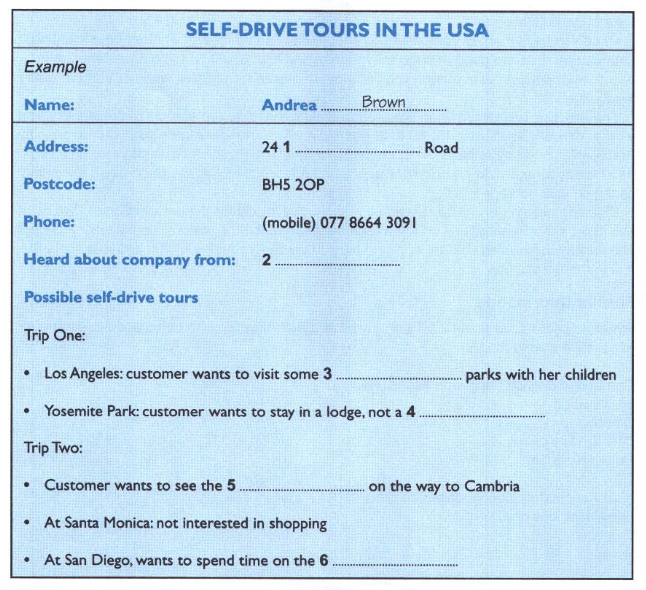IELTS Tips: Making Predictions on the Listening Test
Did you know MOSAIC Engage offers IELTS Prep classes? Click here to learn more!
Did you know that the IELTS Listening test is more than just a listening test? In fact, many of the answers to questions on this part of the test can be predicted with reasonable accuracy before you have even listened to the recording! However, many students neglect to do this on the day of their test.
Making predictions is one of the most important aspects of a listening test. We all know that the IELTS listening test uses a wide variety of sometimes unfamiliar accents. The speakers also speak quite quickly in certain sections, which can be challenging to follow along with.
In order to prepare yourself for this fast-paced test, it’s important to take a good look at the questions and think about likely answers before the listening starts.
First, understand the test
One thing that can make your listening a bit easier is understanding that the four sections of the IELTS listening are always the same situations. We have another blog post about that a few weeks ago, so if you want to learn more check this link.
For our explanation today, we’ll be using these questions from section one of an IELTS listening test:
Obvious Clues
Let’s start with the easiest predictions to make. In the example above, questions #7 and #9 are blank spaces with obvious solutions. The title of the table categories (distance and price), as well as the symbols km (kilometre) and £ (British Pound) clearly tell us that the answer will be a number. Easy, right?
Context Clues
Unfortunately, it’s not always quite so simple. Sometimes we need to analyze the context of the question just a bit more closely. In question #1, which is asking us for an address, the answer comes between the number 24 and the word road. If you think about your own address, what comes in between the house number and the type of road? Well, it’s probably the street name.
Pro tip: In IELTS, names are usually one of two types. Either a very simple and common name that most people can spell easily (as in Green, North, or Park) or a more unusual name that will be spelled out, letter by letter, by the speakers (something like Ainsley or Carnarvon)
Question #2 asks how the customer heard about the company. Put yourself in the place of the speaker and image how you have heard about companies before. Maybe a friend told you, maybe you found it online, or perhaps you heard an ad on the radio. There are only a few likely possibilities here, so your possible answers become clearer.
Grammar Clues
It’s also important to look closely at the grammar of blank space questions, in particular when making predictions like this. Question #3 says the customer “wants to visit some ________ parks with her children.” What kind word is missing from that sentence? Well, it seems to be an adjective or noun that can modify the word park. What sort of parks do you know? There aren’t very many. Maybe the answer is amusement, public, local, or wildlife.
Question #6 has another important grammar clue. The customer wants to “spend time on the ________ in San Diego.” The preposition on should be giving you a big clue. If the answer was mall or café then the preposition would in or at. Because they are using on, our choices are much more limited. Where could we spend time? On the beach? On the bus? As you can see, small grammatical clues can give us a better idea of the answers before we even hear them.
I hope you’ll think carefully about predictions next time you take an IELTS listening test. If you’d like to do some practice listening, check out this website with plenty of practice exercises to complete. Good luck in your studies and thanks for reading!
Do you need help preparing for IELTS? Join our IELTS prep program at MOSAIC engage. Click here for more info!
We are also an IELTS test centre operator with locations across Vancouver. Check out our convenient locations on our IELTS test page.



